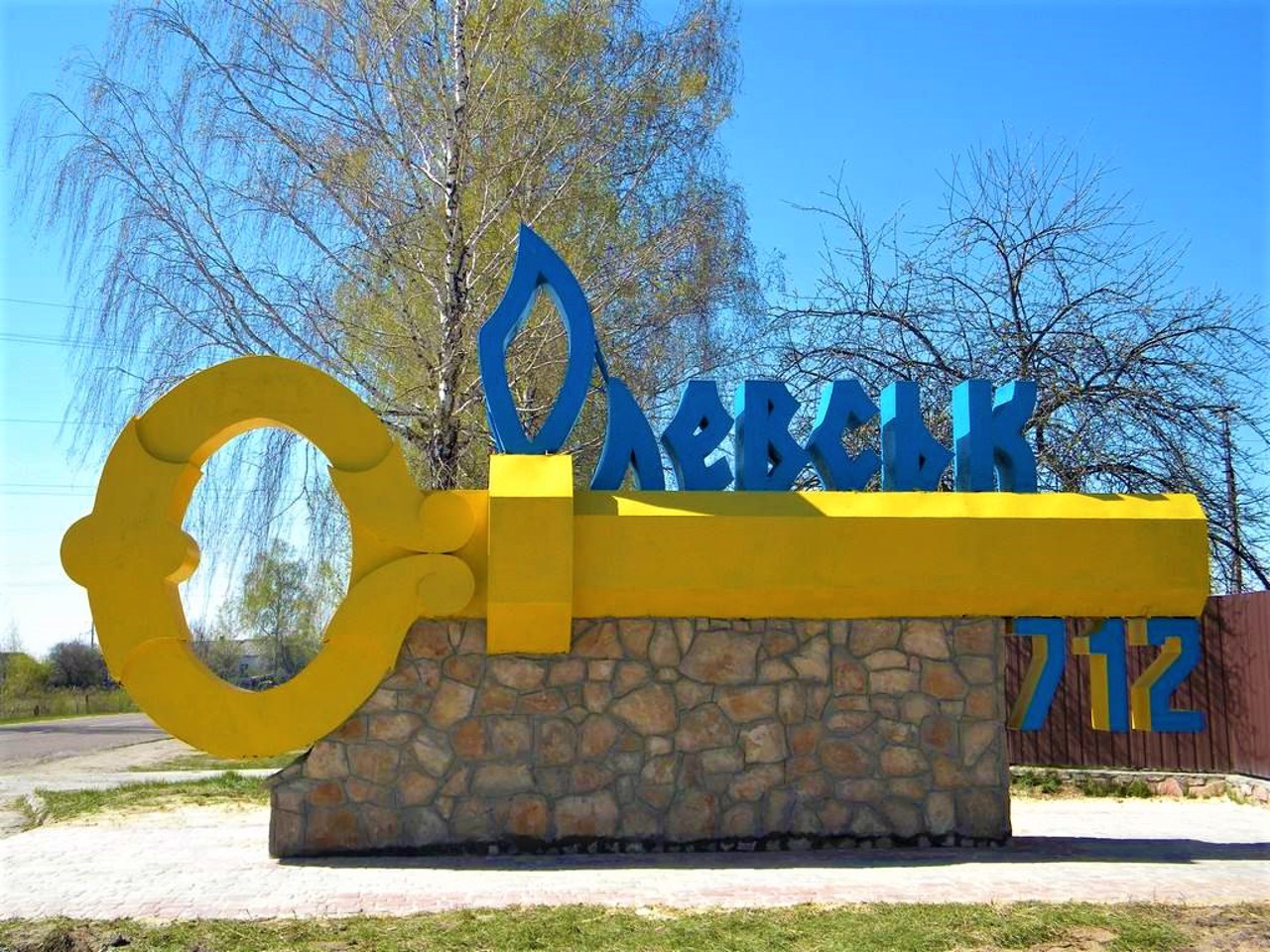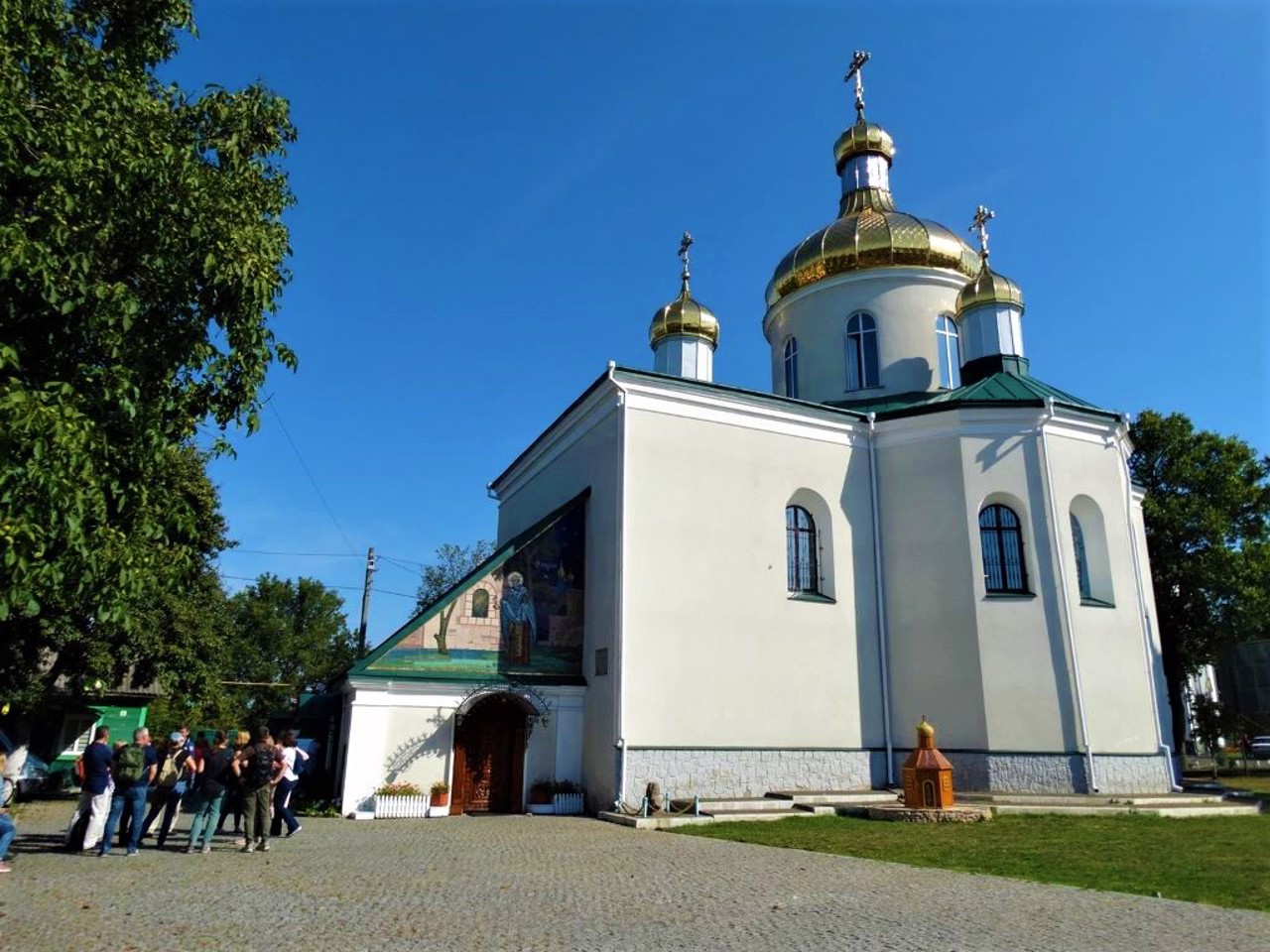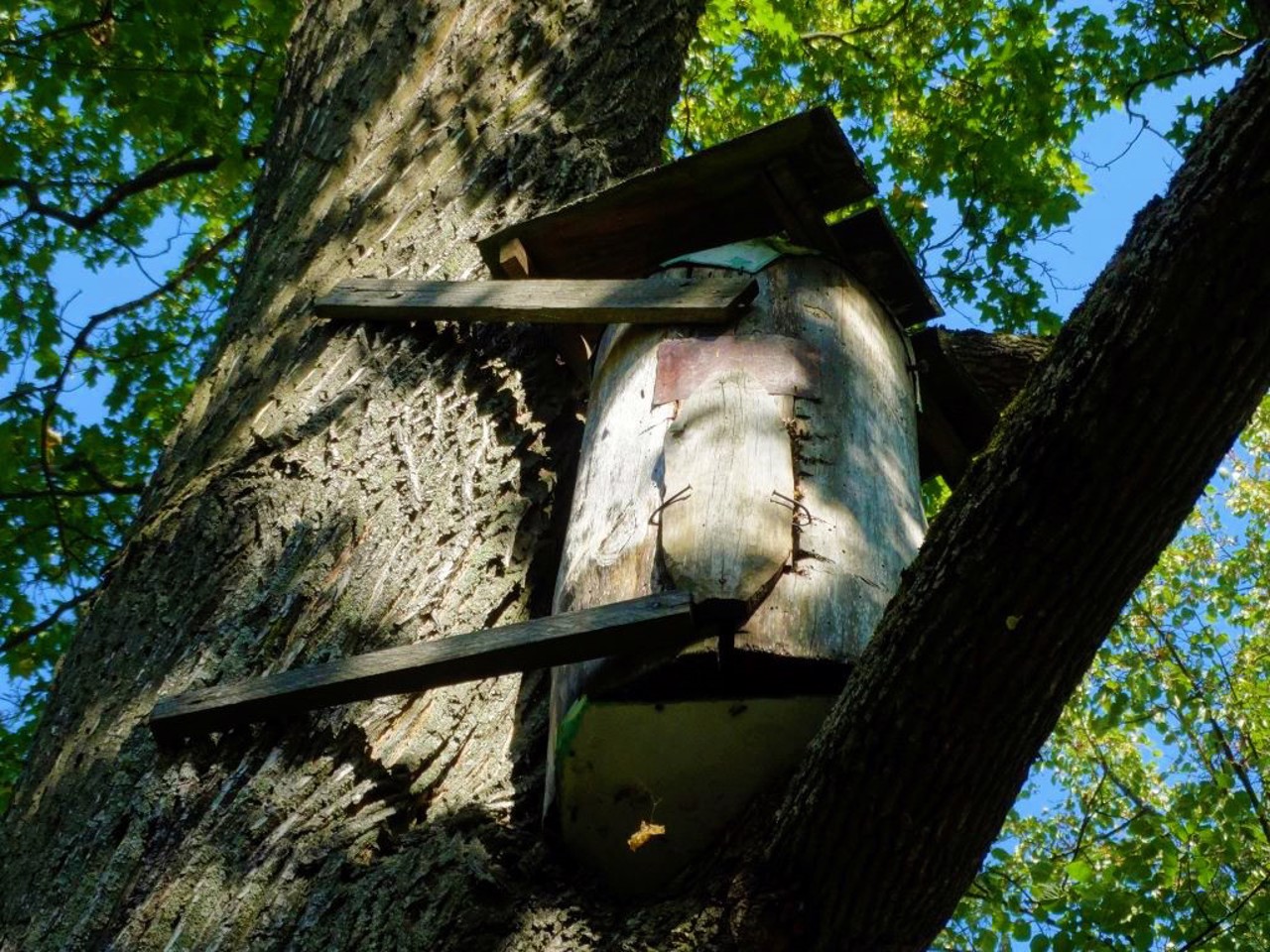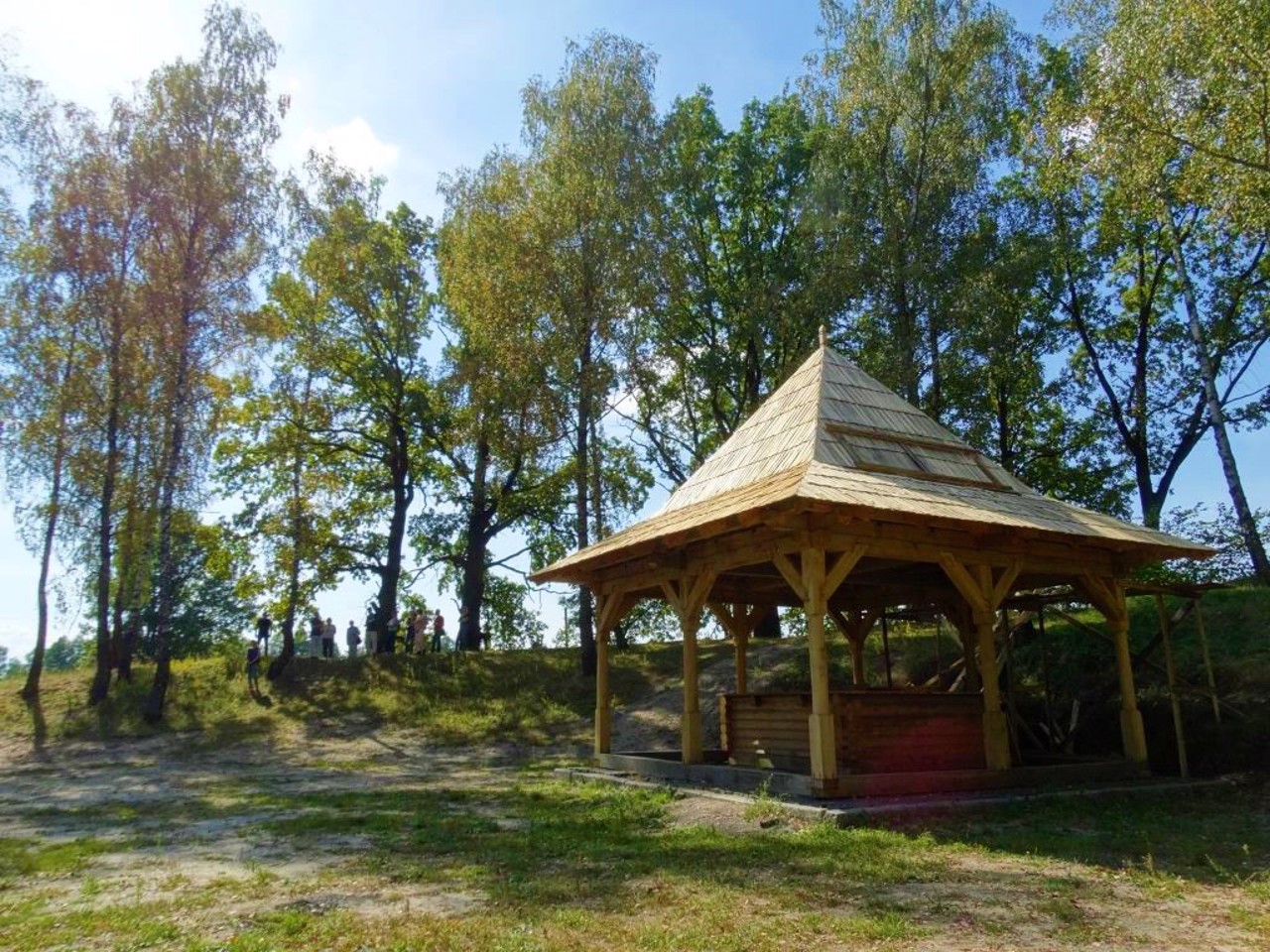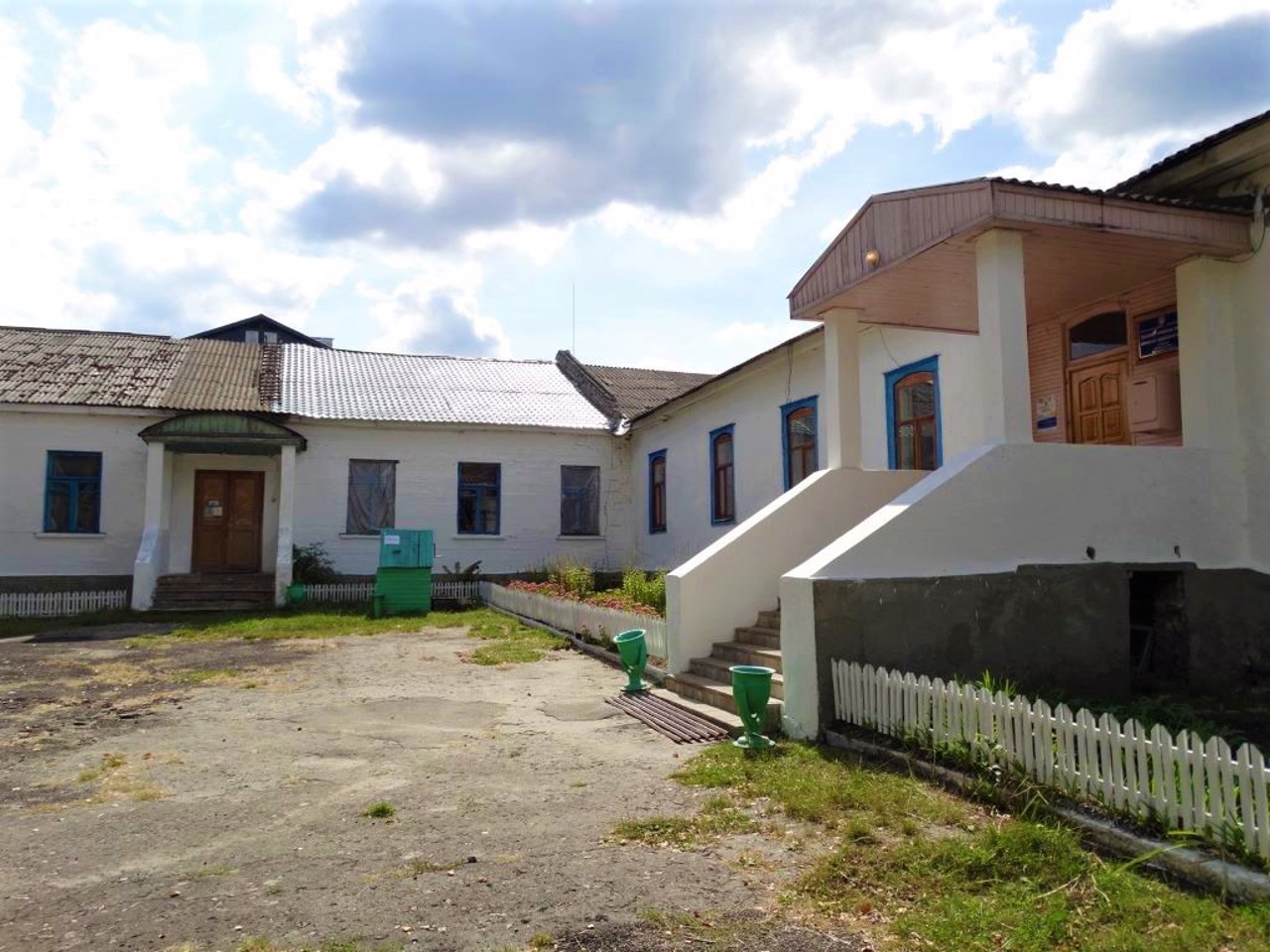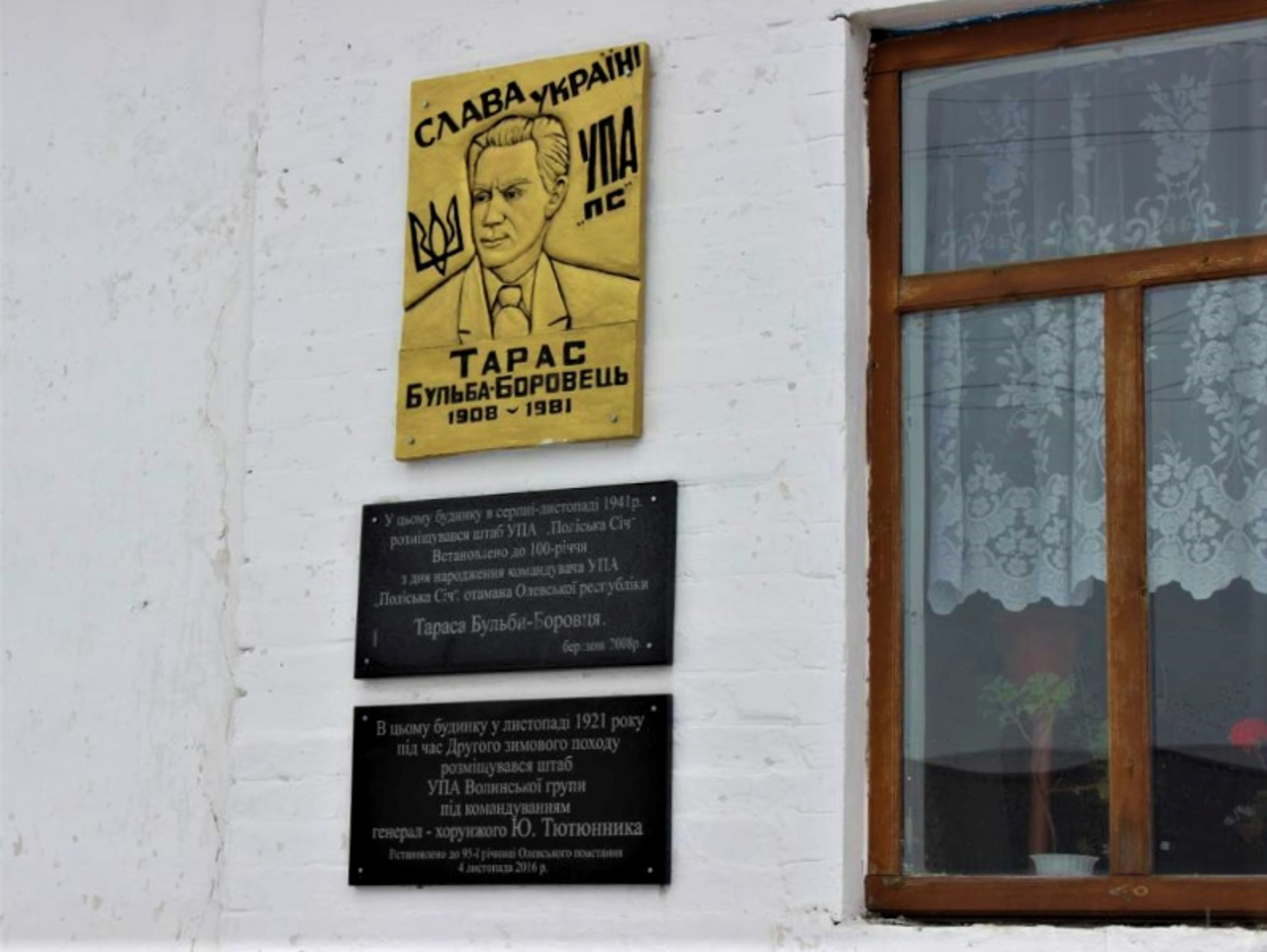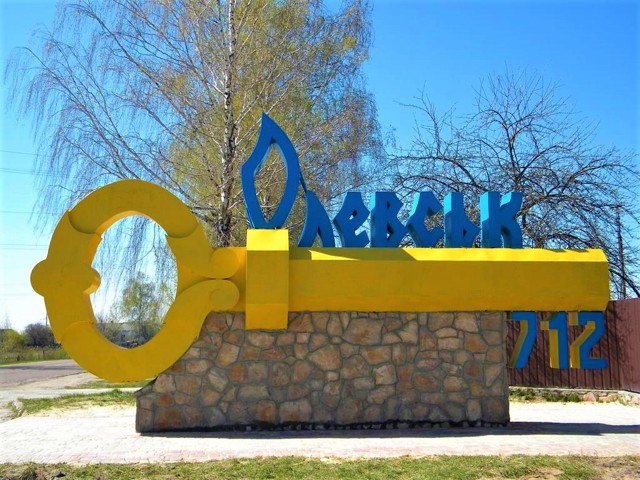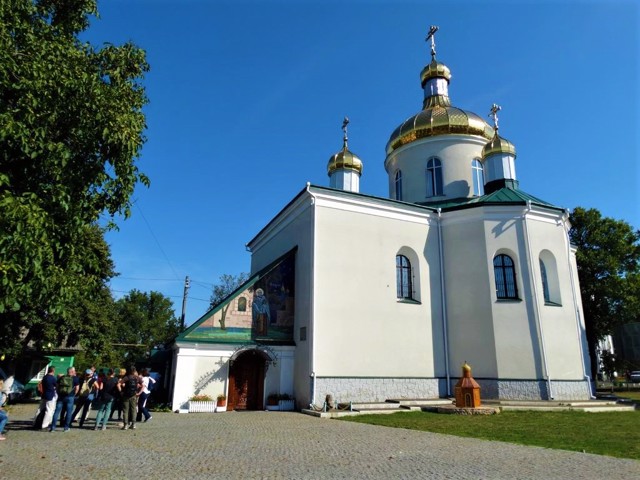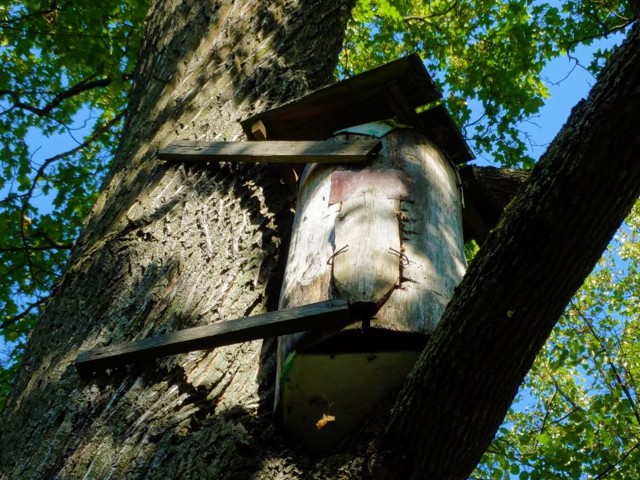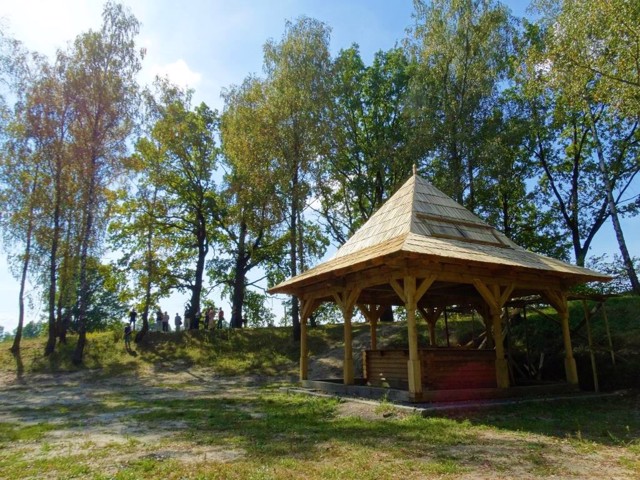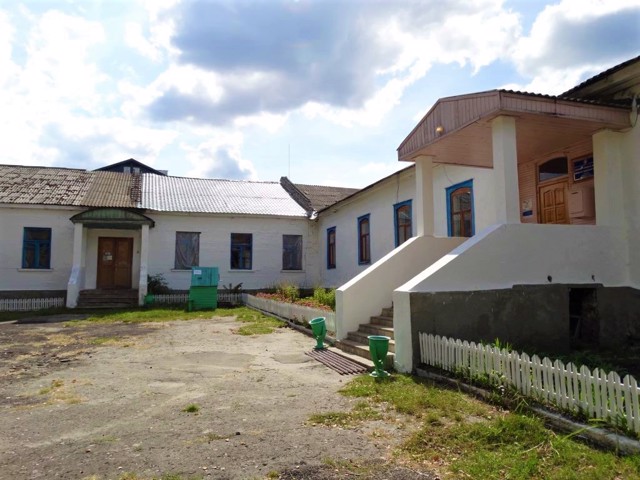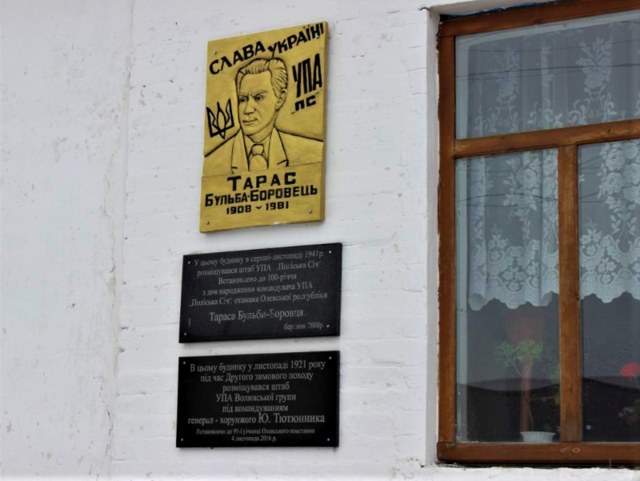Functional temporarily unavailable
General information about Olevsk
The city of Olevsk is one of the oldest settlements in Volyn. It is located on the Ubort River, next to the Warsaw highway M-07 Kyiv-Kovel.
Olevsk was mentioned for the first time in 1488, the name is associated with the name of Ovruch prince Oleh Svyatoslavych (Drevlyansky), who lived in the 10th century (an ancient Rus settlement has been preserved).
At the time of the Mongol invasion, this region was very densely populated, as people fled here from ruined lands. As part of Poland, the city was owned by the Nemyrychi nobles, who founded a Greek-Catholic monastery (not preserved). In 1596, the Orthodox Nicolas Church was built, which is still active. In 1641, the city of Olevsk received Magdeburg rights. During the War of Liberation, rebellious burghers killed the nobleman ...
The city of Olevsk is one of the oldest settlements in Volyn. It is located on the Ubort River, next to the Warsaw highway M-07 Kyiv-Kovel.
Olevsk was mentioned for the first time in 1488, the name is associated with the name of Ovruch prince Oleh Svyatoslavych (Drevlyansky), who lived in the 10th century (an ancient Rus settlement has been preserved).
At the time of the Mongol invasion, this region was very densely populated, as people fled here from ruined lands. As part of Poland, the city was owned by the Nemyrychi nobles, who founded a Greek-Catholic monastery (not preserved). In 1596, the Orthodox Nicolas Church was built, which is still active. In 1641, the city of Olevsk received Magdeburg rights. During the War of Liberation, rebellious burghers killed the nobleman Oleksandr Nemyrych and created the Olevsk Hundred. In 1667, the city returned to the rule of Poland, and in 1793 it became part of the Russian Empire.
Industry began to develop only after the abolition of serfdom, and a special impetus was given by the laying of the Kyiv-Kovel railway through Olevsk. Now it is a transit city, the road service infrastructure is developing.
In the park named after Haharin, you can see log-borti - beehives hollowed out of pine or oak trunks, which were used by boarders to extract honey in the forest.
Місто Олевськ - одне з найдавніших поселень Волині. Розташоване на річці Уборть, поруч із Варшавською трасою М-07 Київ-Ковель.
Вперше Олевськ згадується в 1488 році, назву пов'язують з ім'ям Овруцького князя Олега Святославича (Древлянського), який жив в X сторіччі (збереглося давньоруське городище).
За часів монгольської навали цей край був населений дуже густо, оскільки сюди бігли з розорених земель. В складі Польщі містом володіли шляхтичі Немиричі, що заснували греко-католицький монастир (не зберігся). В 1596 році споруджено православний Миколаївський храм, який діє до сих пір. В 1641 році місто Олевськ отримало Магдебурзьке право. Під час Визвольної війни повсталі міщани вбили шляхтича Олександра Немирича й створили Олевську сотню. В 1667 році місто повернулося ...
Місто Олевськ - одне з найдавніших поселень Волині. Розташоване на річці Уборть, поруч із Варшавською трасою М-07 Київ-Ковель.
Вперше Олевськ згадується в 1488 році, назву пов'язують з ім'ям Овруцького князя Олега Святославича (Древлянського), який жив в X сторіччі (збереглося давньоруське городище).
За часів монгольської навали цей край був населений дуже густо, оскільки сюди бігли з розорених земель. В складі Польщі містом володіли шляхтичі Немиричі, що заснували греко-католицький монастир (не зберігся). В 1596 році споруджено православний Миколаївський храм, який діє до сих пір. В 1641 році місто Олевськ отримало Магдебурзьке право. Під час Визвольної війни повсталі міщани вбили шляхтича Олександра Немирича й створили Олевську сотню. В 1667 році місто повернулося під владу Польщі, а з1793 року увійшло до складу Російської імперії.
Промисловість почала розвиватися тільки після скасування кріпосного права, а особливий поштовх дало прокладення через Олевськ залізниці Київ-Ковель. Зараз це транзитне місто, розвивається інфраструктура дорожнього сервісу.
В парку імені Гагаріна можна побачити колоди-борті - вулики, видовбані зі стовбурів сосни або дуба, що використовувалися бортниками для видобутку меду в лісі.
Сплануй своє перебування у Olevsk
What to see and where to go in Olevsk
Tourist attractions and museums of Olevsk
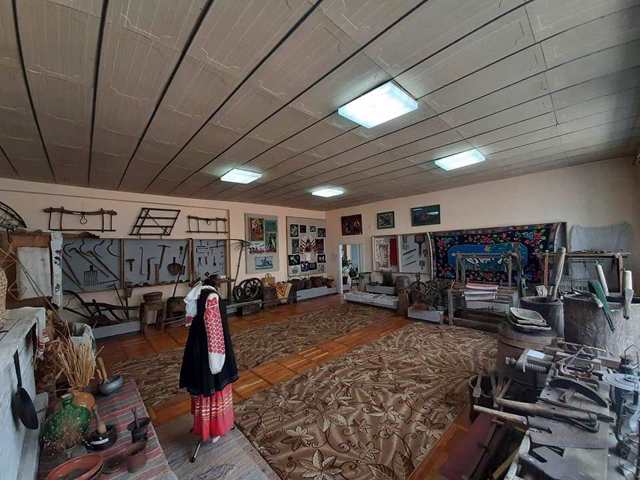
Olevsk Museum of Local Lore
Museum / gallery
The Olevsk Museum of Local Lore opened in 1995.
Initially, it had only two halls: military glory and nature. Later, a hall of antiquities was opened, which tells about the ancient crafts and trades of Polishchuks, as well as a hall of history of Olevsk region. In particular, there are archeological finds from the Middle Ages, made during excavations on the territory of Olevsk settlement in the tract Babyna Hill: sword guard, lead seal of the King of Prussia, a necklace of glass of different colors and amber, bronze jewelry.
The exposition "Republic of Olevsk" on five stands highlights basic information about the activities of the Polissya Sich and Taras Bulba-Borovets.
Stands "Jewish Community in Olevsk" and "Local Interest" were developed, a new exhibition "Amber-succinite" was created.
The museum offers sightseeing tours of the city of Olevsk and field trips to the "Stone Village".
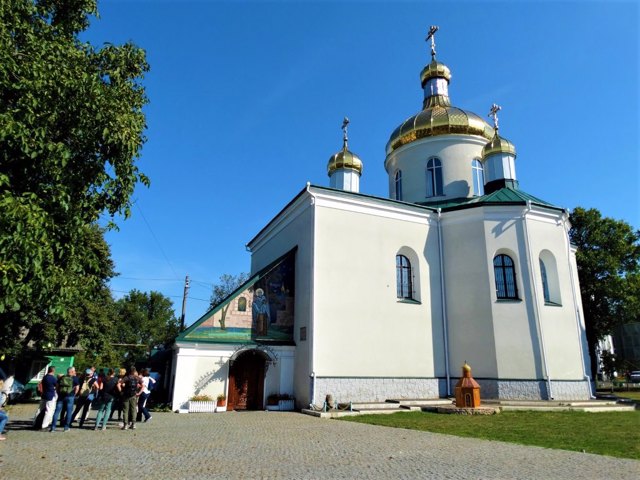
Saint Nicholas Church
Temple , Architecture
The Saint Nicholas Church in Olevsk is an architectural monument of the 16th century.
It was built in 1596 under the Nemyrych nobles, and in 1618 it was reconstructed, as evidenced by the date on the stone cross built into the western wall of the vestibule attached to the church.
The base of the building has a simple squat shape with five helmet-shaped domes, which appeared after the reconstruction in 1864. Narrow slit windows indicate the defensive character of the building. The bell tower has a similar shape.
The iconostasis is modern, the old icons have not survived. Of particular value was the icon "Our Lady of Olevsk", which was removed from the church during the Soviet regime and kept in the Kharkiv Museum.
Reviews Olevsk
Geographical information about Olevsk
| {{itemKey}} | {{itemValue}} |
|---|---|
| Region |
Zhytomyr |
